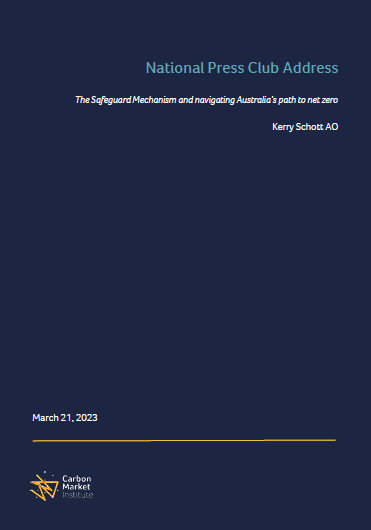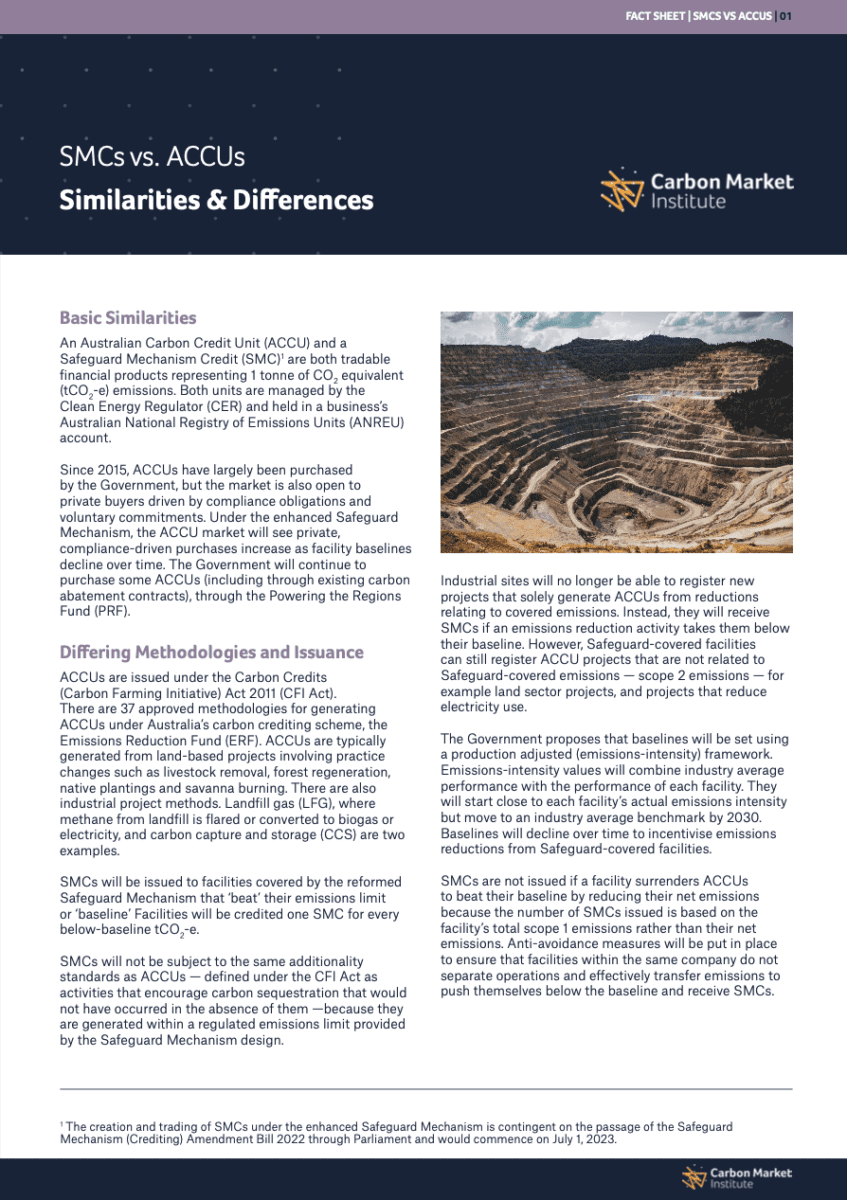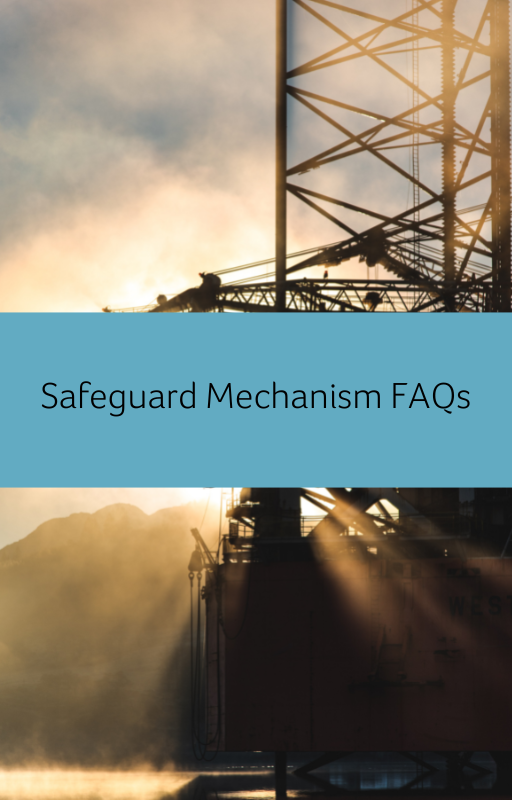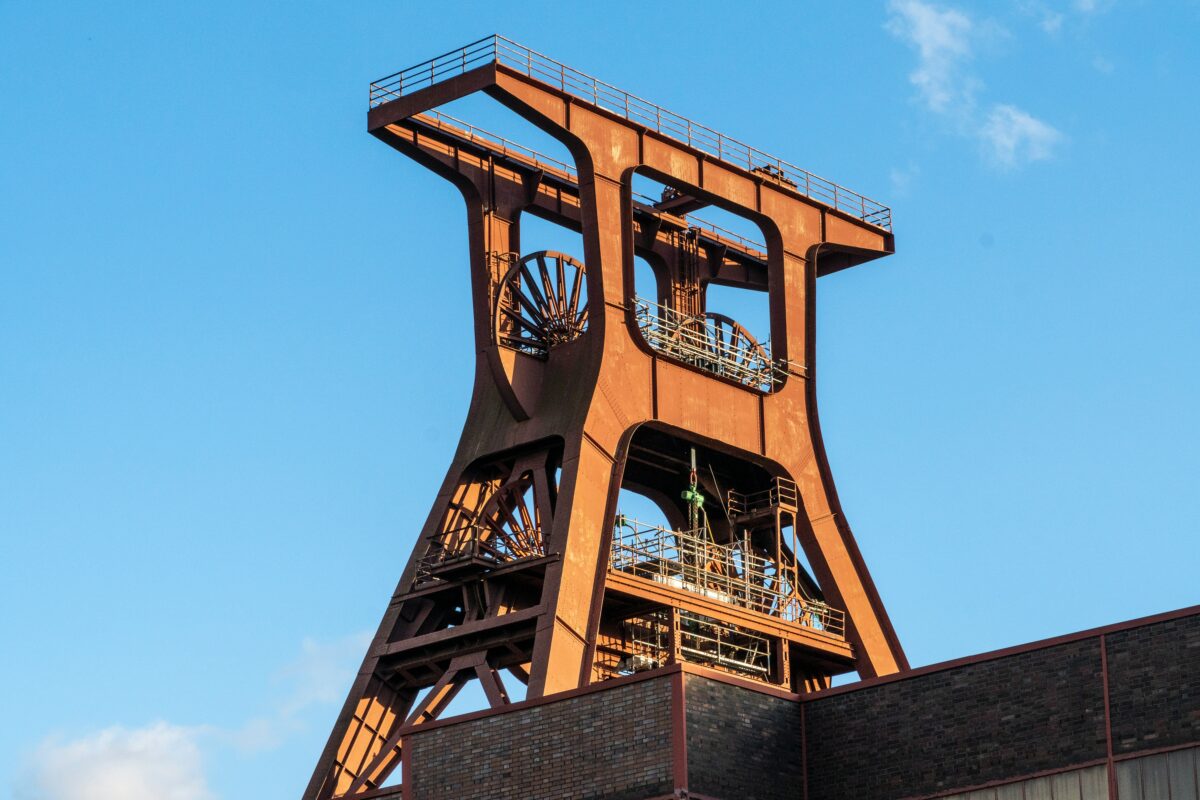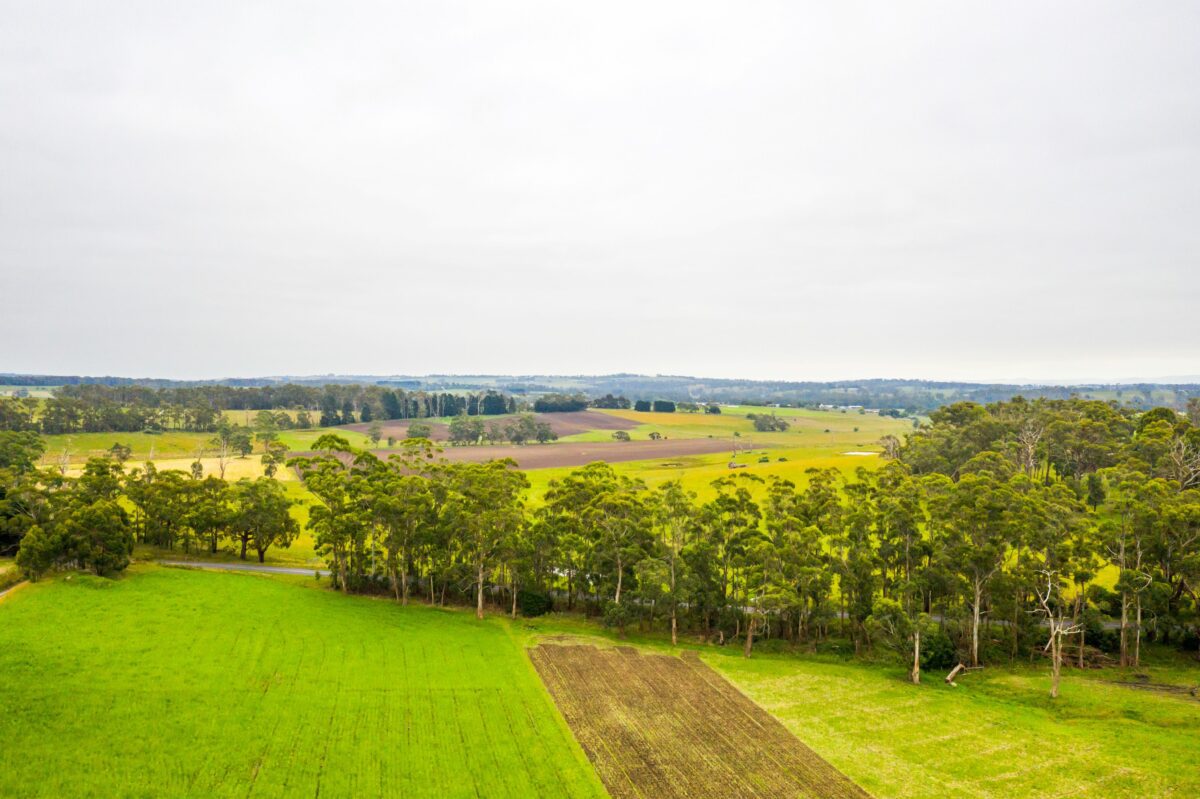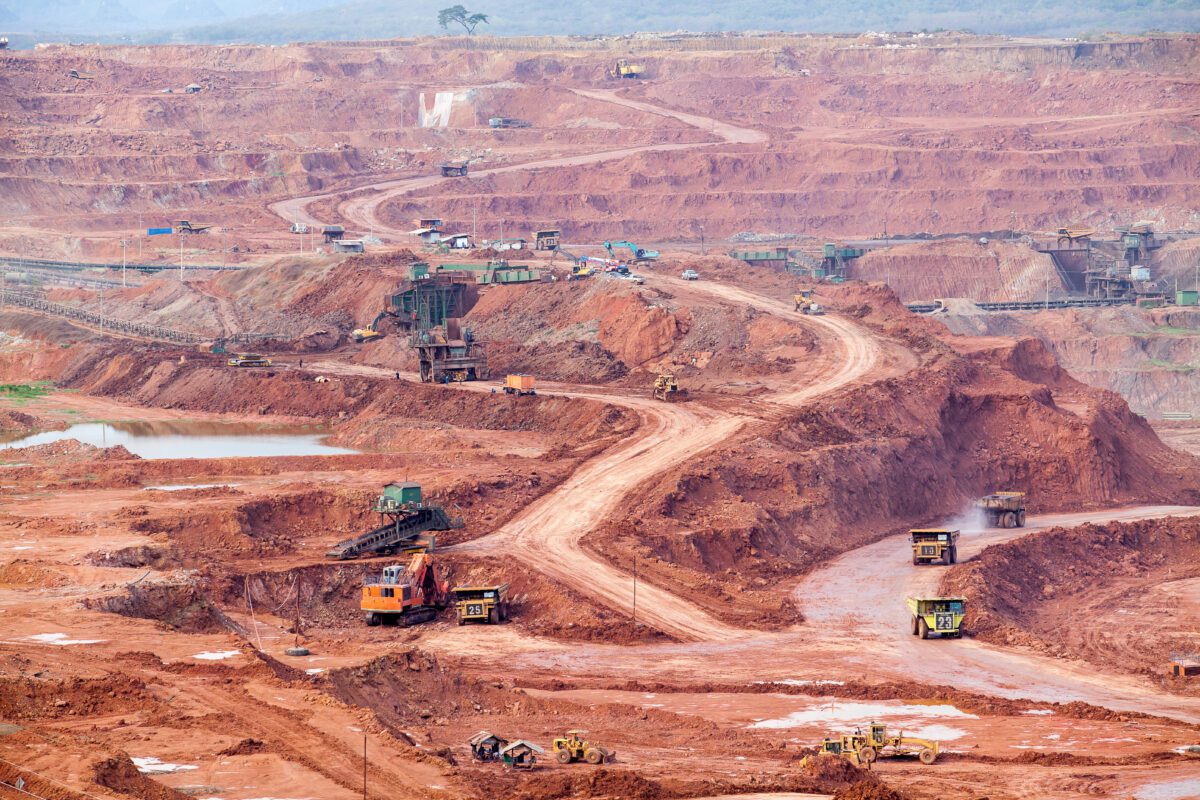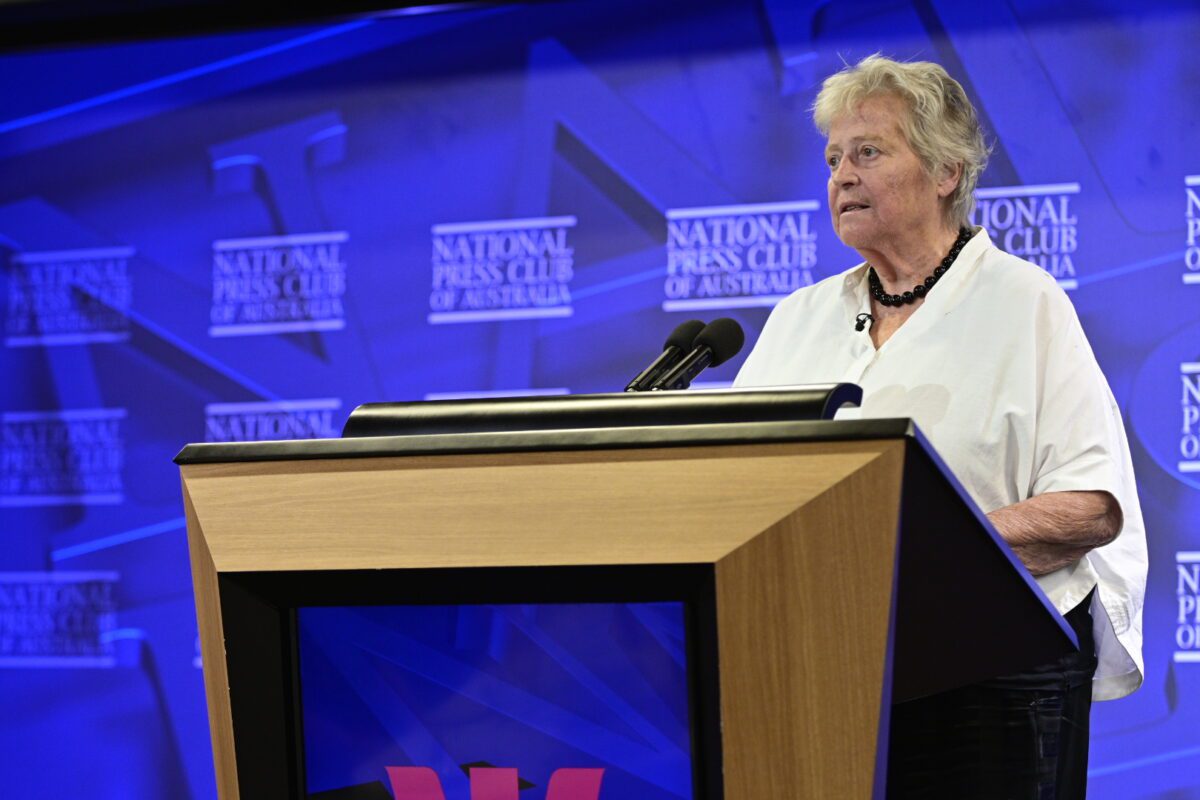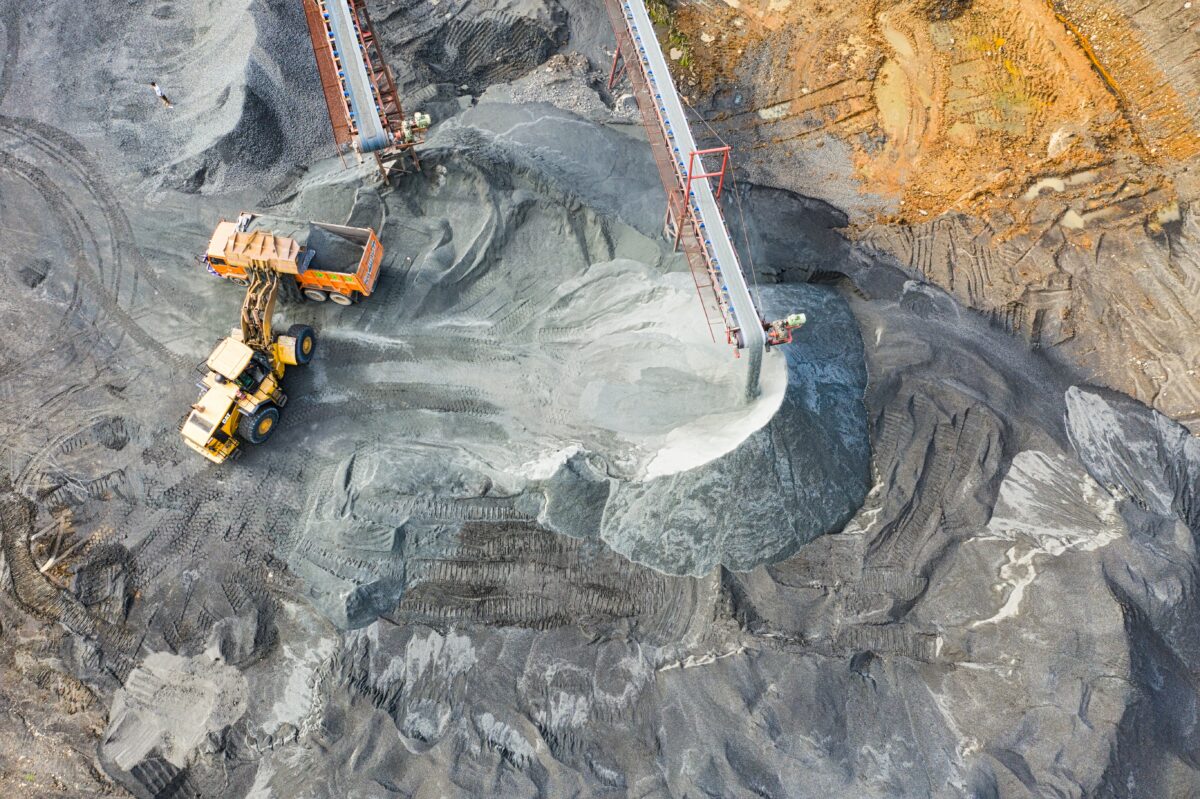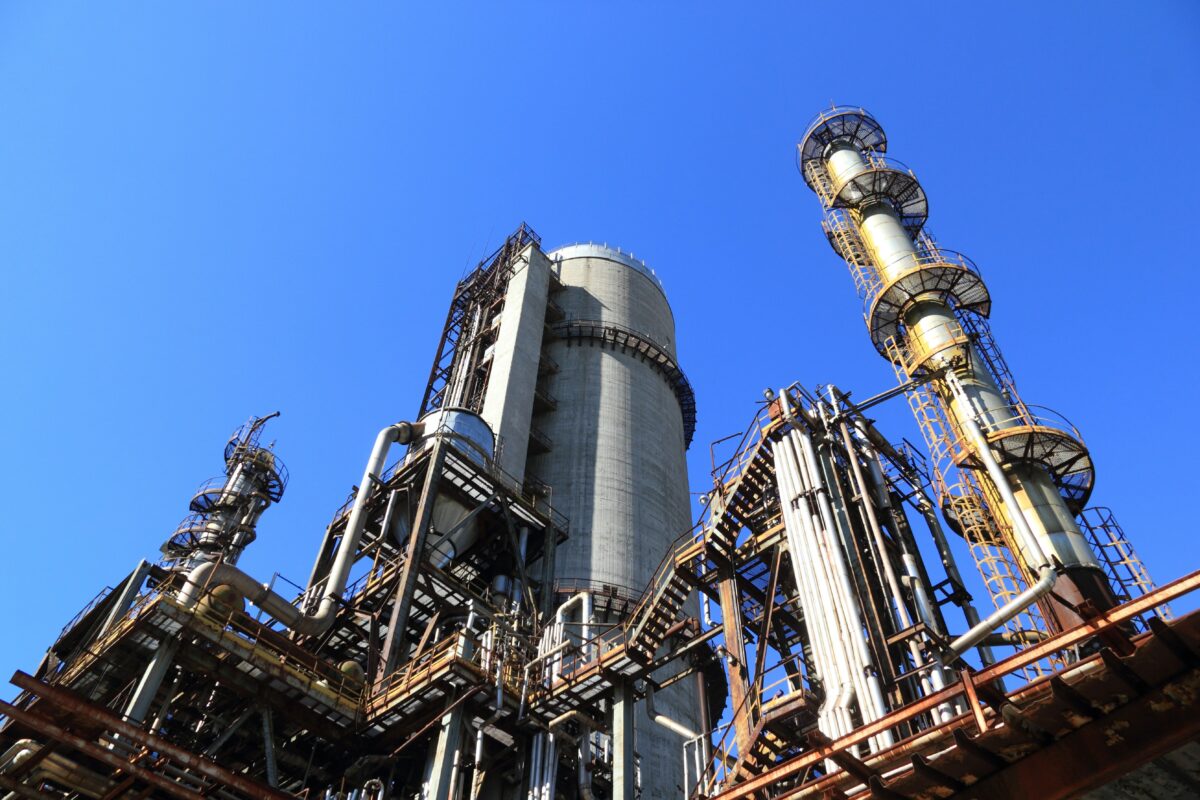A Safeguard Mechanism Credit, or ‘SMC’, is a unit issued by the Clean Energy Regulator (CER) to facilities that have successfully reduced emissions below their baseline. Each credit represents 1 tCO2-e reduced below the baseline, or beyond the facility’s legal obligations. These are determined from annual emissions reporting under the National Greenhouse Emissions Reporting Act 2007 (NGER Act).
SMCs are a tradeable financial product. Companies operating under the Safeguard Mechanism can purchase them from one another and surrender them, as with ACCUs, to reduce their net emissions and meet their baselines. For example, if Facility 1 has earned 5 Safeguard Mechanism Credits and Facility 2 has a liability of 5 tCO2-e (i.e., it has exceeded its baseline by 5 tCO2-e), Facility 1 can sell them to Facility 2, which can then use the 5 credits to meet its baseline.
SMCs incentivise covered facilities to not only comply with the Safeguard Mechanism, but to beat their baselines. At the same time, they provide another avenue alongside ACCUs for covered facilities with less scope for at-point decarbonisation to remain compliant under the reformed Safeguard Mechanism.
Although being a tradable unit, SMCs are not offsets in the same way as ACCUs. Rather, they are
emissions permits or allowances. This is because SMCs represent in-scheme emissions reductions
from the industrial sector and represent a permit to emit 1 tCO2-e. Conversely, ACCUs represent
carbon abated in a different sector that is then used to ‘offset’ emissions in the industrial sector.
Moreover, ACCUs must meet the Offsets Integrity Standards legislated by the Carbon Credits (Carbon
Farming Initiative) Act 2011 including additionality (where a project must prove carbon abatement
would not have happened under business-as-usual activities). SMCs are not subject to additionality or
other Offset Integrity Standard requirements, but are instead regulated under the NGER Act.
For further information on SMCs, access our ‘SMCs vs. ACCUs’ Factsheet here.
